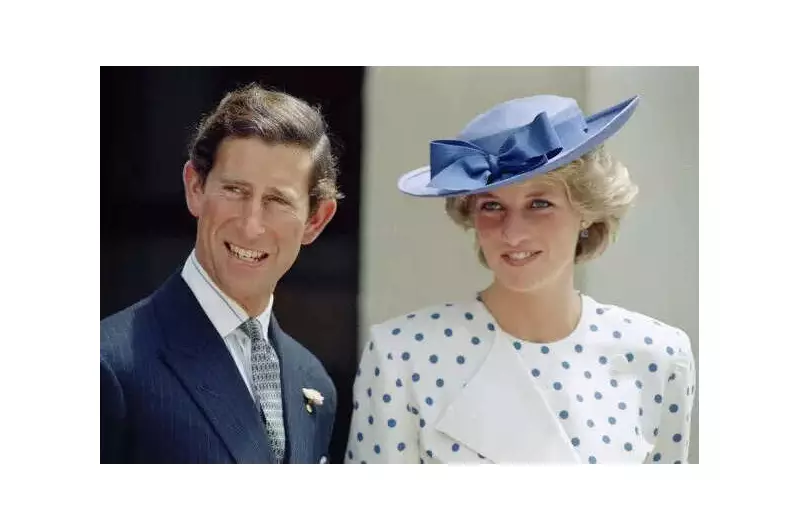
The divorce between King Charles and Princess Diana, finalized on August 28, 1996, remains one of the most significant events in modern royal history. More than just the end of a marriage, this seismic split exposed the British monarchy to unprecedented public scrutiny and fundamentally changed how the institution manages crises and communicates with the world.
The Breakdown of a Royal Fairytale
What began as a global fairytale with their spectacular 1981 wedding quickly deteriorated into one of the most public marital breakdowns in history. By the mid-1980s, both Charles and Diana had sought emotional comfort outside their marriage, with emotional distance growing between them. The pressures of royal life combined with Diana's struggles with isolation and mental health made the crumbling marriage increasingly visible during public appearances in the late 1980s.
The situation reached a critical turning point in 1992 with the publication of "Diana: Her True Story" by journalist Andrew Morton. Based on covert recordings provided by Diana herself, the book revealed deeply personal details about her life, including her battles with loneliness, bulimia, and suicidal thoughts. That same year, Prime Minister John Major formally announced their separation to Parliament.
Two major phone call scandals—"Squidgygate" and "Camillagate"—further damaged the royal image by exposing private conversations that confirmed the depth of the couple's marital problems.
The Interviews That Changed Everything
The final rupture occurred after two explosive television interviews that captivated global audiences. In 1994, Charles admitted to adultery in a TV documentary, while Diana delivered her legendary 1995 BBC Panorama interview where she famously declared "there were three of us in this marriage."
Diana's interview reached millions worldwide and featured shocking revelations from a senior royal speaking with unprecedented emotional honesty. The Queen intervened shortly after, requesting a formal divorce to protect the monarchy. The legal divorce in 1996 saw Diana lose her "Her Royal Highness" style but retain the title Diana, Princess of Wales along with a substantial financial settlement.
Tragically, Diana's death in a Paris car crash in 1997 would refocus global attention on the painful decade that preceded it.
Lasting Impact on Monarchy and Media
The Charles-Diana divorce represented far more than the collapse of a royal marriage. It occurred during a period of rapidly changing media culture, with tabloids becoming increasingly aggressive and royal mystique giving way to relentless public scrutiny.
The revelations—from emotional interviews to leaked conversations—exposed the monarchy's inner workings in ways Britain had never witnessed. The royal family suddenly appeared vulnerable, divided, and deeply human, challenging centuries of carefully maintained distance from the public.
Diana's Panorama interview particularly transformed public expectations. Her candor about infidelity, mental health struggles, and institutional neglect resonated with millions worldwide. Commentators described it as "the moment the palace walls cracked," while historians noted that the monarchy could no longer rely on tradition and silence to shield it from public judgment.
The Queen's decision to intervene and instruct the couple to divorce signaled that even the Crown couldn't ignore modern media pressures and public opinion.
Transforming Royal Communications and Public Perception
The divorce's consequences extended far beyond Charles and Diana, fundamentally reshaping public attitudes toward the monarchy and influencing how Prince William and Prince Harry view both press relations and royal duty.
Buckingham Palace was forced to completely rethink its communication strategy, adopting more structured public relations approaches, responding more promptly to crises, and attempting to present the institution as more emotionally aware and publicly accountable.
The turmoil of the 1990s became the crucible in which the modern monarchy was formed, making this divorce one of the most consequential events in recent royal history. The institution learned hard lessons about transparency, media management, and public expectations that continue to guide royal operations today.
Even decades later, the echoes of the divorce remain visible in the public profiles of William and Harry, the palace's media strategy, and ongoing debates about the balance between private life and public duty for royal family members.
Programs like The Crown, numerous documentaries, and periodic journalistic investigations into archival events have kept these lessons and controversies alive in public memory long after the legal marriage ended.
On King Charles's birthday, reflection on his divorce from Diana cannot be viewed as merely historical. It remains a continuing chapter in a living institution—a deeply personal rupture whose consequences radiated into constitutional procedure, public expectations, and the global reputation of the British monarchy forever.





